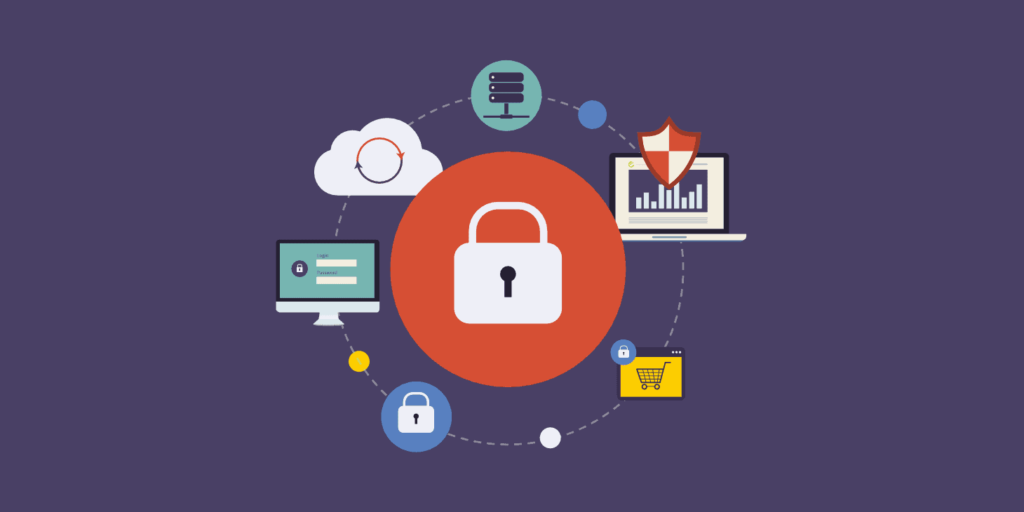
Secure Transactions
Ensuring Secure Transactions: Best Practices for Safe Online Financial Transactions
As online transactions become increasingly prevalent in today’s digital economy, ensuring secure and protected financial transactions is paramount. From e-commerce purchases to online banking activities, individuals and businesses must implement robust security measures to safeguard sensitive financial information and prevent fraud. This article explores key strategies and best practices for conducting secure transactions online.
1. Use Secure Connections:
Always ensure that online transactions are conducted over secure connections. Look for “https://” in the URL and a padlock symbol in the browser address bar, indicating a secure SSL/TLS connection. Avoid using public Wi-Fi networks for financial transactions, as they can be susceptible to interception by malicious actors.
2. Implement Multi-Factor Authentication (MFA):
Enable multi-factor authentication (MFA) for an added layer of security during online transactions. MFA requires users to provide two or more authentication factors (e.g., password, OTP sent to mobile device, fingerprint) to verify their identity, reducing the risk of unauthorized access.
3. Keep Software Up to Date:
Regularly update your operating system, web browsers, and security software to patch known vulnerabilities and protect against malware or phishing attacks. Enable automatic updates whenever possible to ensure timely security patches.
4. Use Strong Passwords and Account Security:
Create strong, unique passwords for online accounts involved in financial transactions. Use a combination of letters, numbers, and special characters, and avoid using easily guessable information. Consider using a password manager to securely store and manage passwords. Additionally, enable account security features such as account lockouts, security questions, and account activity notifications.
5. Monitor Account Activity:
Regularly monitor your financial accounts and transaction history for any unauthorized or suspicious activity. Set up alerts and notifications for account logins, transactions, and changes to account settings to detect and respond to potential security incidents promptly.
6. Be Cautious of Phishing Attempts:
Exercise caution and vigilance against phishing attempts that aim to trick users into revealing sensitive information. Be wary of unsolicited emails, messages, or links requesting financial information, login credentials, or account verification details. Verify the legitimacy of communications before taking any action.
7. Use Secure Payment Gateways:
When making online purchases or payments, use reputable and secure payment gateways that encrypt payment information and adhere to PCI DSS (Payment Card Industry Data Security Standard) compliance. Avoid entering payment details on unsecured or unfamiliar websites.
8. Educate Yourself About Online Security:
Stay informed about online security best practices, emerging threats, and common scams related to online transactions. Educate yourself about encryption, secure protocols, and safe online behavior to make informed decisions and protect your financial data.
